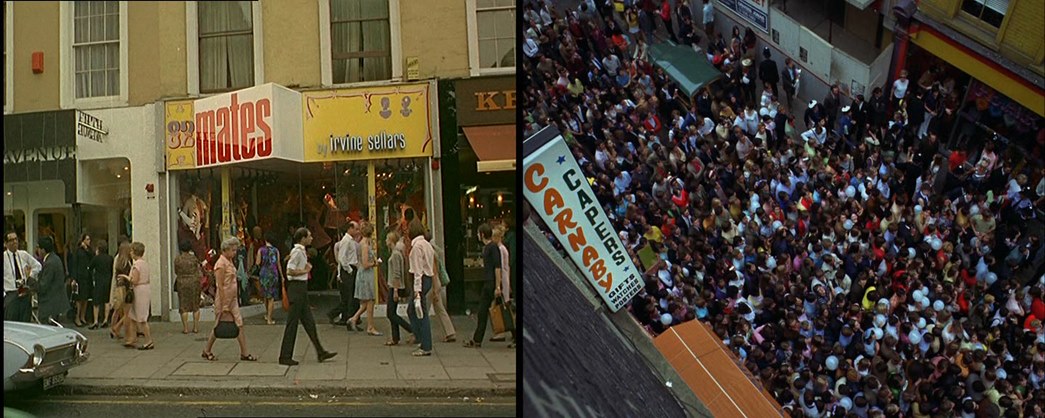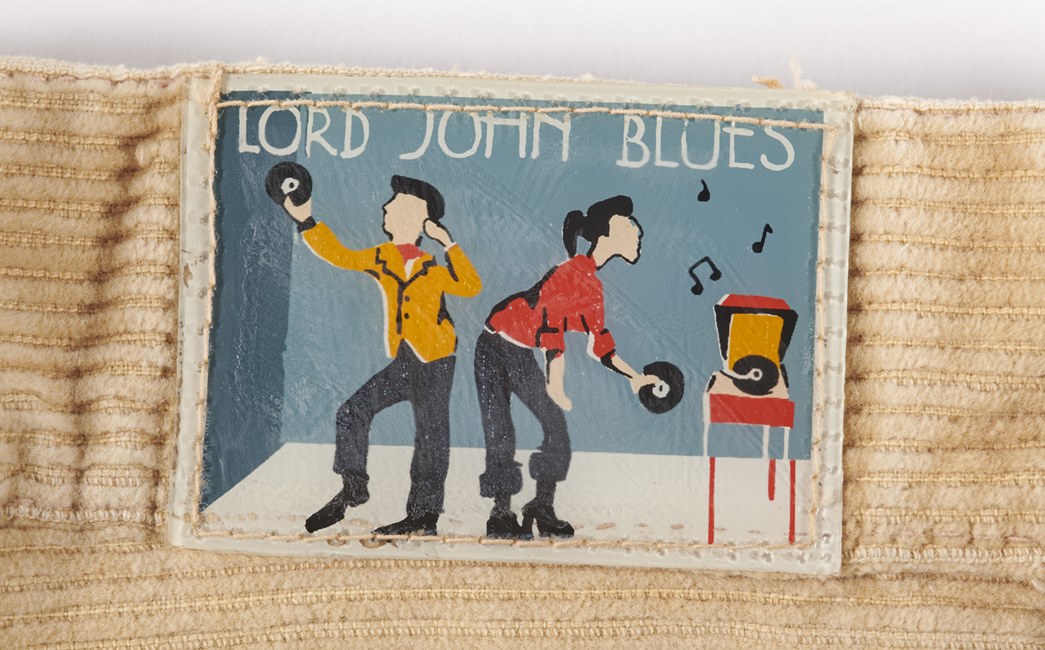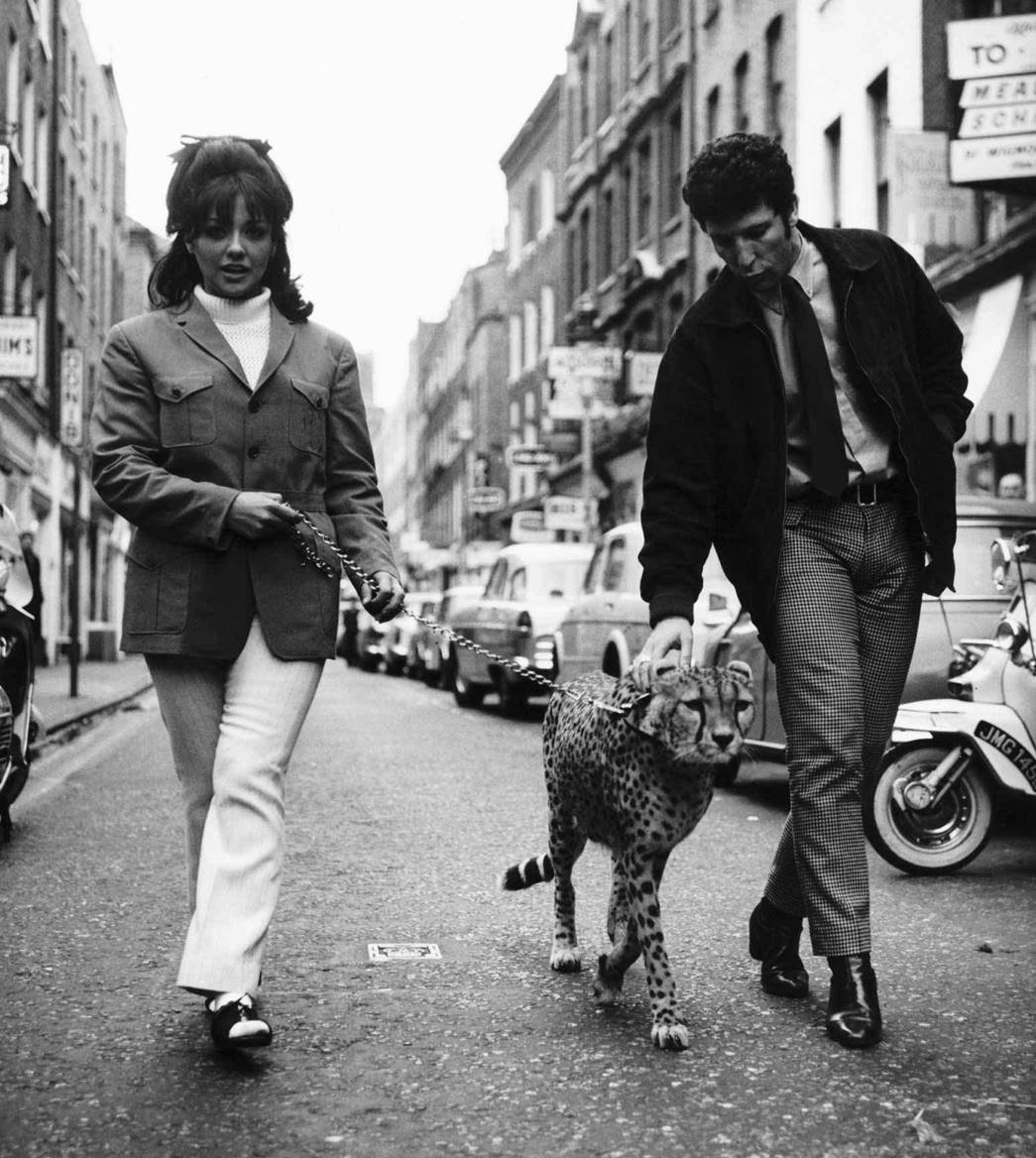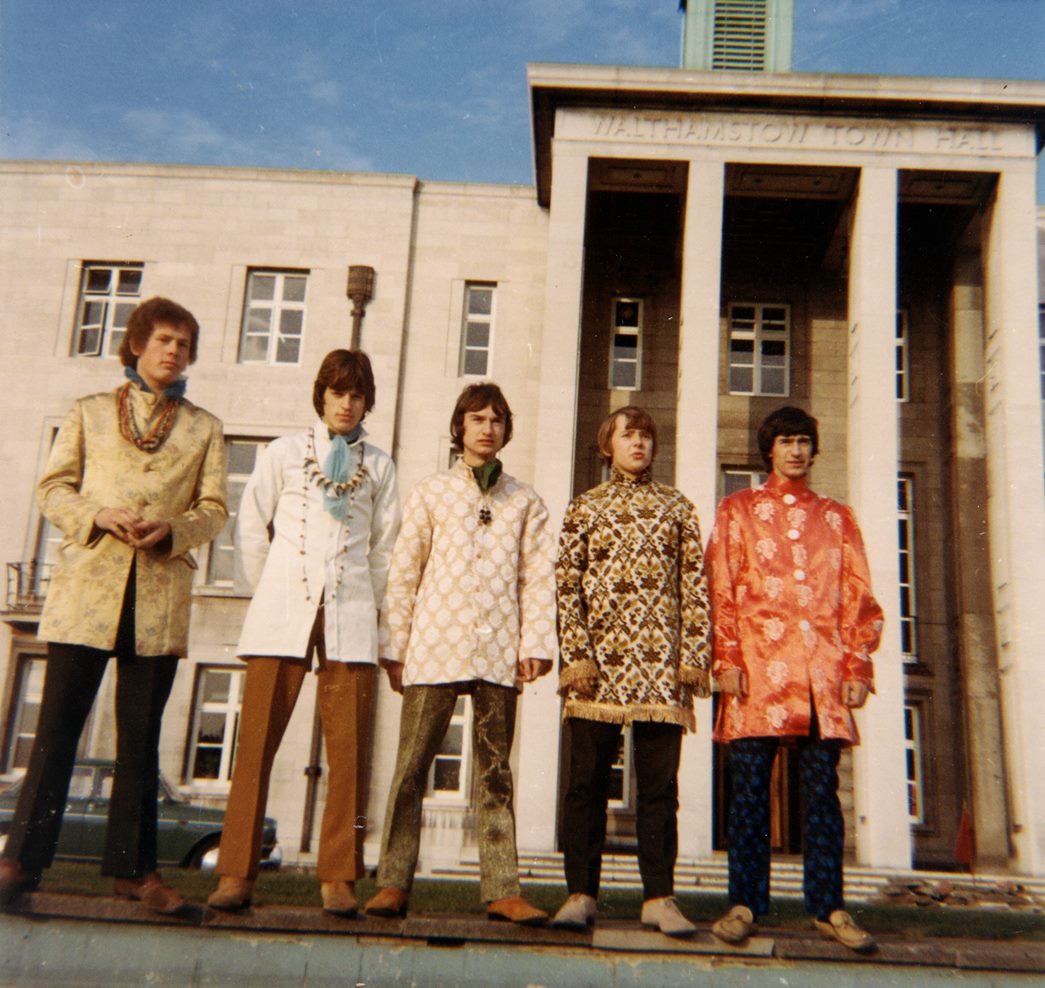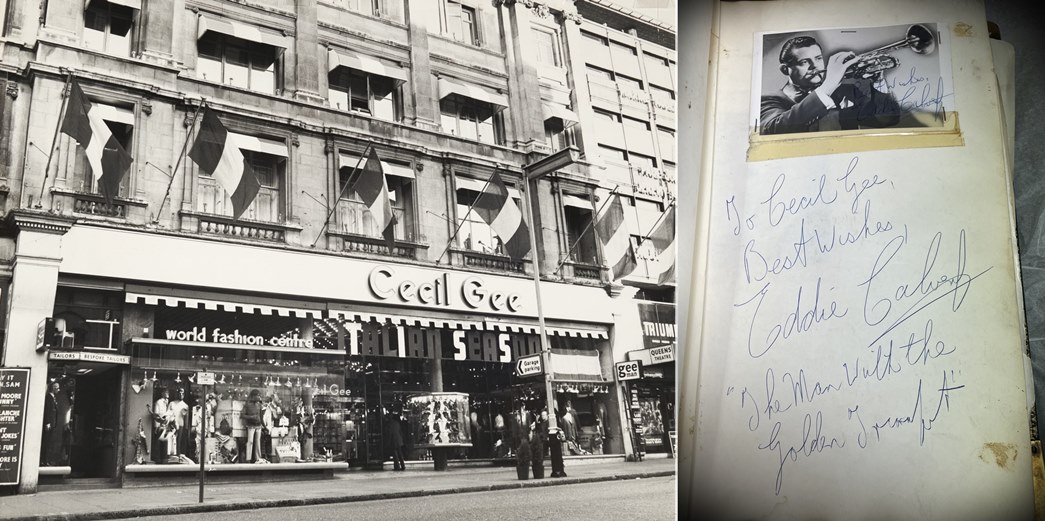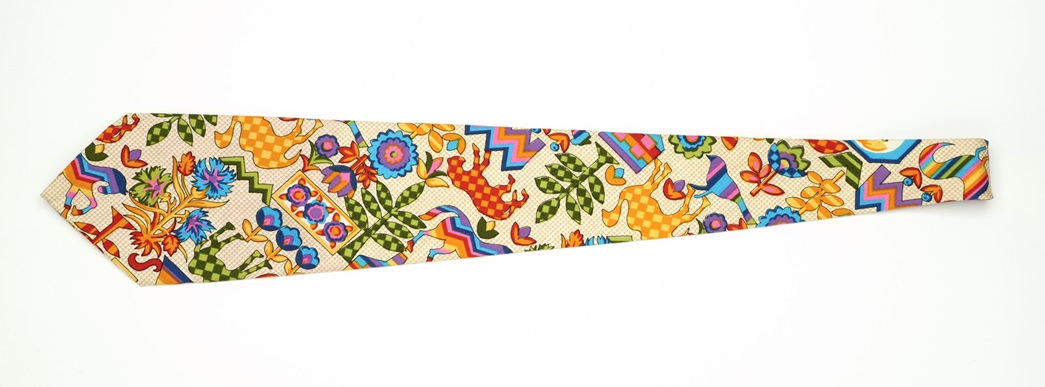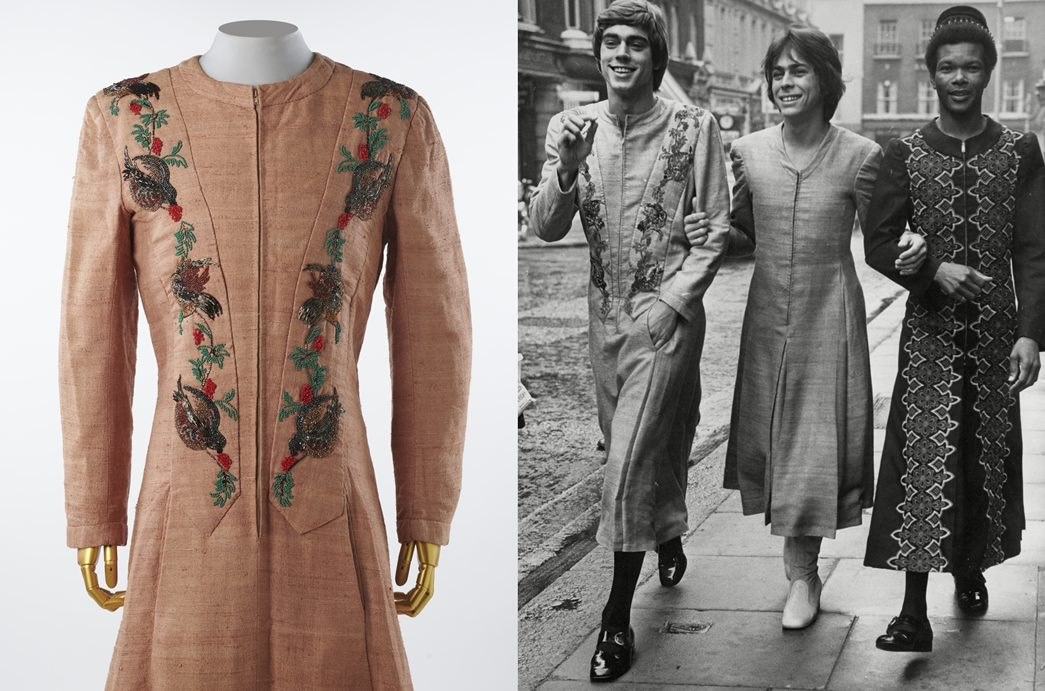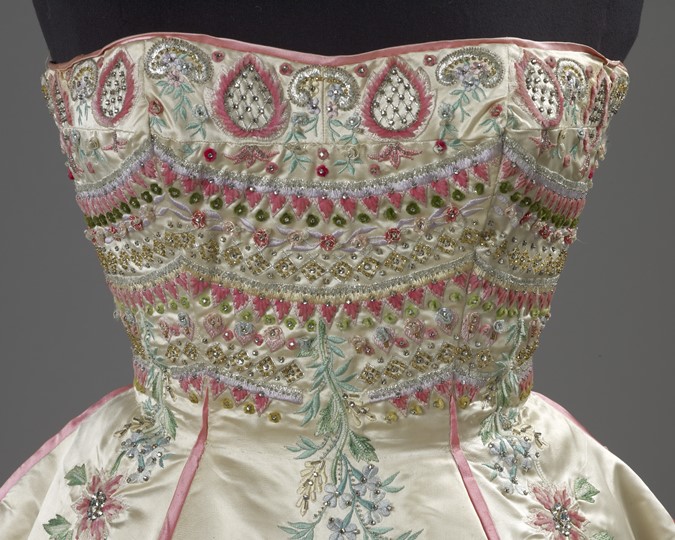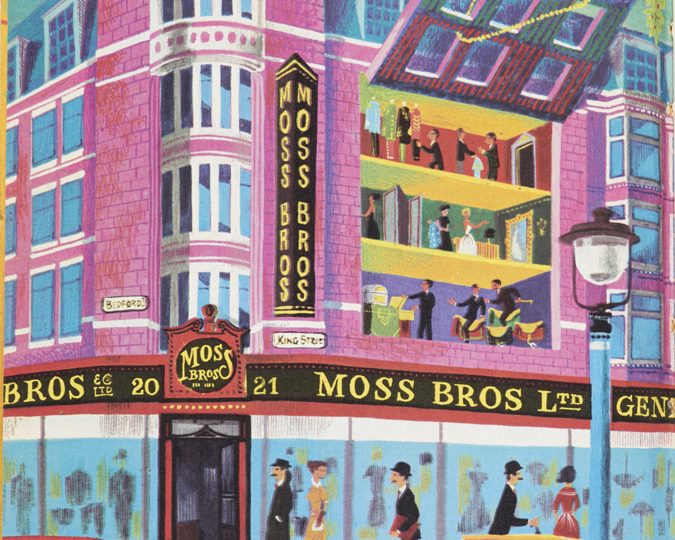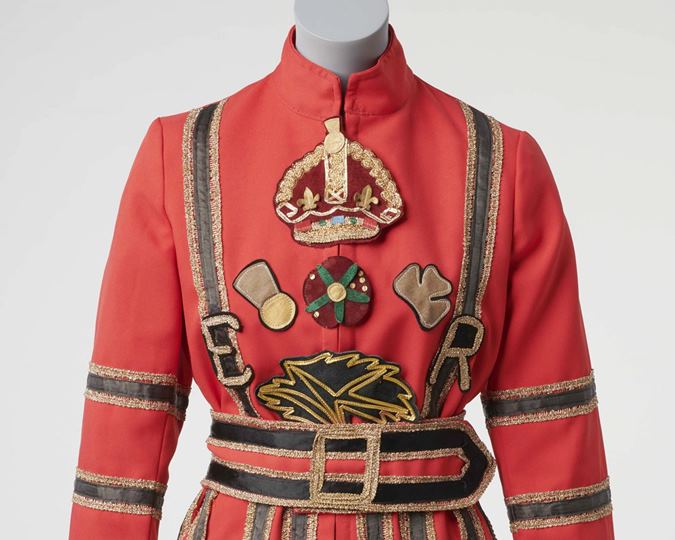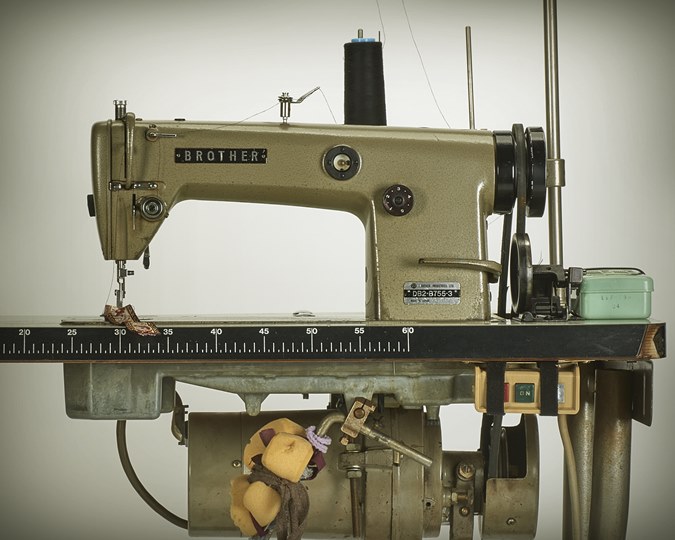How Jewish designers from Carnaby Street and London’s West End defined fashion for music icons like The Beatles and Rolling Stones during the Swinging 60s.
In 1966, Time magazine celebrated ‘London: The Swinging City’. The front-cover feature celebrated the British capital as an international destination for fashion, music and youth culture. London was the ultimate place to see and be seen, and there were numerous Jewish designers and entrepreneurs who played a vital role in shaping this famous scene.
The music and fashion industries were intrinsically connected. New acts sought quirky and stylish clothes that would help create their desired persona, while designers longed for the publicity of having their pieces worn by famous and influential figures. Some even paid them to perform at their stores and draw a crowd. Nowhere was this symbiotic relationship more evident than in the trendy boutiques of Carnaby Street and west London.
Music icons on Carnaby Street
By the late 1950s, Carnaby Street had become known for its fashionable boutiques. This reputation would grow through the 1960s, as enterprising retailers combined fashion and youth culture to cement the street’s status as a cool destination.
Carnaby Street retailers competed for press attention, pulling stunts and drawing on the star power of musicians to put their shops on the map. Brothers Warren and David Gold opened their first Carnaby Street boutique, Lord John, in 1964. They sold youthful, on-trend menswear, and their customers included members of The Beatles, The Rolling Stones and The Who. The Gold brothers had a flare for publicity. Knowing how to draw a crowd, they hired British rock groups the Small Faces and The Yardbirds to play sets outside their store in 1966. The musical connections of the brand are reflected on the label of a pair of 1970s corduroy flared trousers, which shows two people dancing to a record player, vinyl in hand, beneath the words ‘Lord John Blues’.
Another Carnaby Street retailer who knew how to catch press attention was the talented businessman, Irvine Sellar. On the opening of his Tom Cat boutique in April 1966, Sellar hired singer Tom Jones to parade up and down the street while performing, (presumably his hit single, ‘What’s New Pussycat?’) accompanied by actress-model Christina Spooner and – most shockingly – a cheetah on a lead. ‘Happenings’ such as these cemented the reputation of the street as a destination – not only for shopping but for spotting celebrities and soaking up the vibe. The young members of new Essex band The Mode were visiting London art galleries on a college trip in 1967 when they decided instead to slip off and visit Carnaby Street. Drummer, Jeff Harrison and bassist, David Millidge paid a visit to Irvine Sellars, where they bought kaftan-inspired jackets to wear for their gigs. The Mode were influenced by the biggest bands of the day such as The Beatles and The Kinks, both musically and with regards to their look. Harrison chose to wear his distinctive Irvine Sellers jacket for a band photoshoot outside Walthamstow Town Hall in 1968. It was made entirely from upholstery fabric, complete with a metallic fringe on the cuffs and hem.
An identical jacket (or perhaps the very same one) survives today in the collection of the Westminster Menswear Archive, and is currently on display in Fashion City. The look of this jacket with a ‘Nehru collar’ was hugely popular amongst bands of the 1960s, and was borrowed from the Indian garment named after former Indian prime minister Jawarharlal Nehru. Favoured by countless musicians from the psychedelic rock scene, these garments could be found in most Carnaby Street boutiques.
Cecil Gee on Shaftsbury Avenue
But it wasn’t just Carnaby Street boutiques that were dressing the musical stars of the period. Cecil Gee was a gifted menswear retailer who originally opened shop in the East End, but had moved west in the 1930s. His Shaftesbury Avenue flagship store opened in 1957 and quickly became a destination in itself – not just a place to buy clothes. A visitor’s book contains photographs and affectionate messages from well over 100 high-profile, international customers from the 1950s and 1960s. This included many musicians, including Cliff Richard and Rudy Vallée.
But their most notable musical clients were surely The Beatles, and in particular, John Lennon. The foursome were photographed visiting the store after a recording session for the BBC in April 1963. Perhaps it was on that visit that Lennon identified the khaki-coloured suede jacket that he would wear, later that year, while the band recorded their second album With The Beatles. He was captured in various other Gee ensembles over the years.
Mr Fish on Clifford Street
Perhaps no other 1960s designer had quite so many high-profile music industry customers as Michael Fish. Prior to opening his Mr Fish boutique on Clifford Street in 1966, Fish had already gained some celebrity clients while working at Turnbull & Asser – where he became known for his exaggeratedly wide “kipper” ties and flamboyant shirts. But it was after the opening of his own boutique that the Mr Fish name really took off. Like the Carnaby Street retailers, Fish was a canny marketer. His dresses and skirts for men were guaranteed to get attention (and often outrage). Journalist Nik Cohn commented, “There was a period when you couldn’t wake up with a hangover without being faced by Mr Fish in a minikilt.”
Mr Fish believed that fashion should not be taken too seriously. He revitalised staples of British menswear and played with innovative silhouettes for men. This appealed to those in the public eye – who loved the exuberant look. Among his roster of famous clients were Jimi Hendrix, Cass Elliot, Sammy Davis Jr, Duke Ellington, Mick Jagger and members of the Bee Gees.
Arguably the most famous garments made by Mr Fish were the two dresses worn by David Bowie on the album art for his 1970 release The Man Who Sold the World. Bowie was a dedicated Mr Fish customer, who understood the Mr Fish mentality. When asked by a journalist in 1972 “Why aren’t you wearing your girl’s dress today?” Bowie replied, “Oh dear. You must understand that it’s not a woman’s. It’s a man’s dress.” An extremely rare Mr Fish dress, from the same collection as one of Bowie’s dresses, can be seen on display in the Museum of London Docklands exhibition Fashion City.
All these connections between designers and performers show the importance of the link between the fashion and music industries when putting London on the map as a creative centre in the 1960s. As a cultural hub, the capital drew talented, imaginative and entrepreneurial people. But they had to learn how to stand out from the crowd.
Whether pulling press stunts, creating an enticing scene, designing clothes with shock value, or finding a rock star to wear your designs – these brands knew how to make their mark on the Fashion City.
Header image: A colour postcard (around 1973) of Carnaby Street. (ID no.: 76.105/4)
Book your tickets to see the Irvine Sellers jacket as well as the Mr Fish objects, among many others, currently on display at the Museum of London Docklands’ celebrated exhibition ‘Fashion City: How Jewish Londoners shaped global style’. You can also buy our book that accompanies this major exhibition from our online shop, and at a discount when bought alongside your exhibition ticket.
Want more such stories? Subscribe to our fashion newsletter to read more stories from our collection, and see upcoming events and exhibitions.








